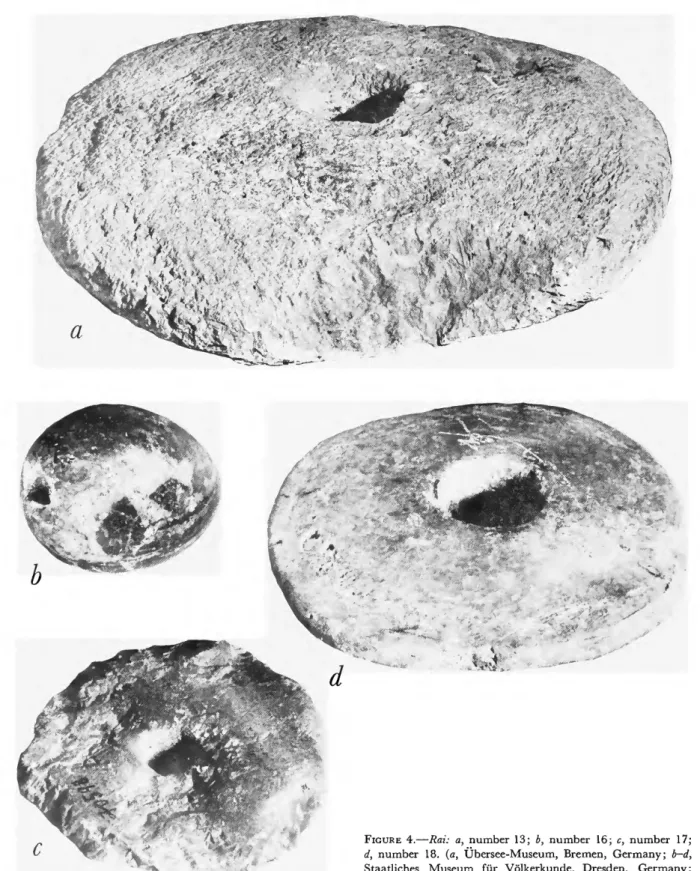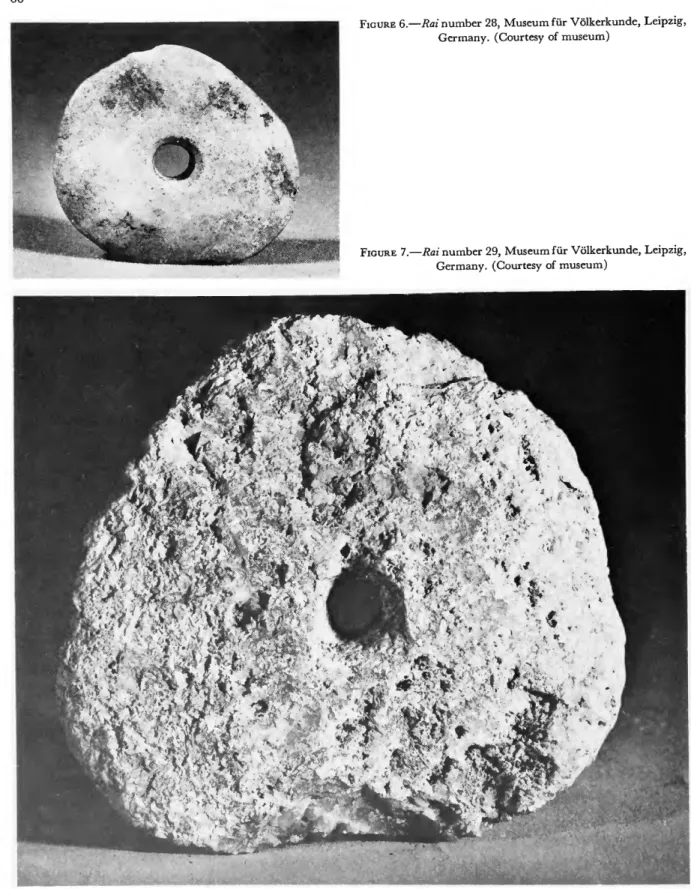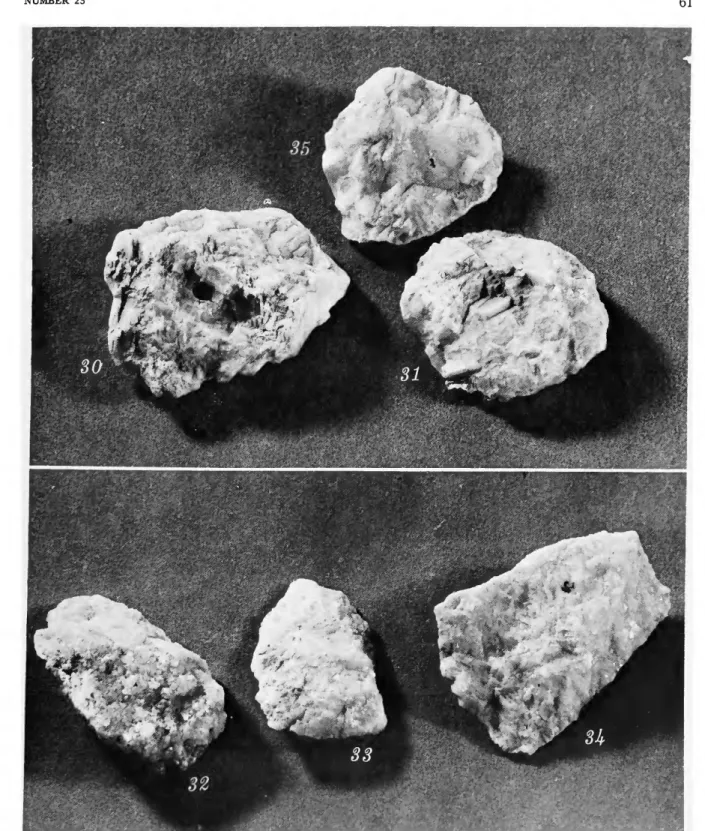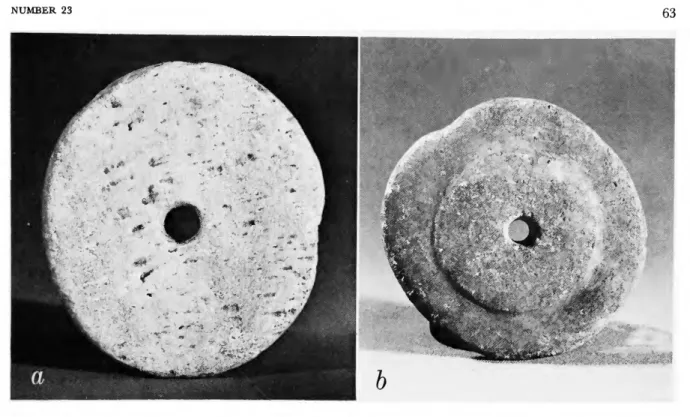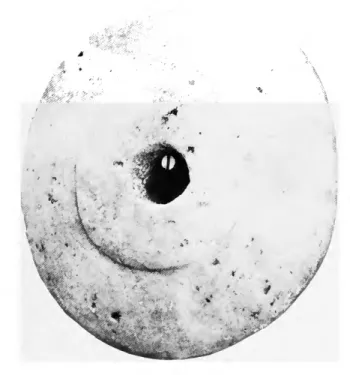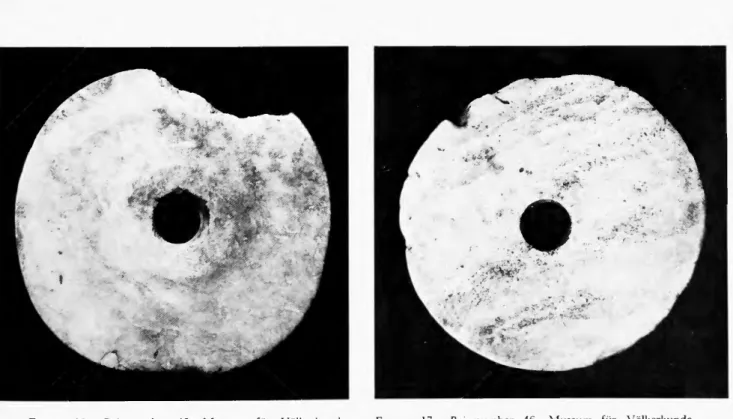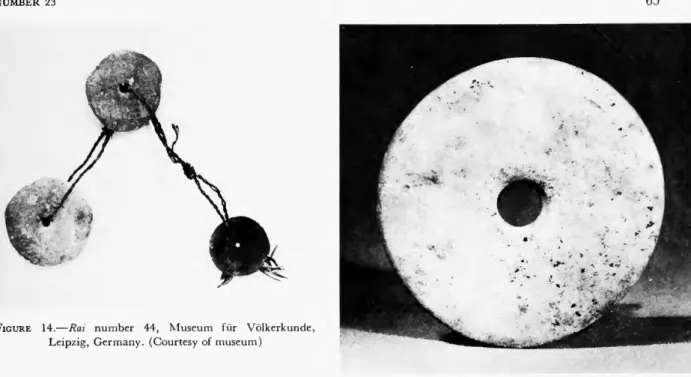Early and more recent "exchange values" of the stones are traced within the islands, as well as in the international numismatic world. In the appendices, the spelling and wording of quoted material is that of the original documents. Any available account of the Yapese and their early external contact is that of foreign observers.
More specific stories about the Yapenese did not appear until the nineteenth century, when several powerful countries sent expeditions to the Pacific Ocean. In the early part of that century, several accounts testify to the existence of the stone disks. These stones are very rare and therefore highly prized, as they are only found in the mountains of the Pallou Islands.2 0.
Until now, the available accounts have only testified more or less to the existence of the stones. It is with Cheyne's agent, Alfred Tetens, and so in all following accounts, that the tradition of the stones. O'Keefe is also mentioned as one of the "two Americans engaged in the manufacture of stone money in Palau and the transportation of it to Y a p".
After O'Keefe's time, many reports of extremely large rai appear.
11 home, the large pieces had to be deposited at a given
When expressing the many opportunities to spend money that a Yapees has experienced, Müller said "that even the fair sex in the clubhouses are not there for free." 132. Money had to be spent for the mass pill, so the men of the failu had to earn the money first. In 1949, Francis Mahoney, evaluating the coercive powers of island psychology, stated that all groups tested "placed a strong positive value on hard work and making money." 133.
Individual as well as group need for money was a real part of Yapese life. Special things were expected of the individual, and one needed hard money to adapt. There was a time when money was needed to buy food in this subsistence economy.
Hernsheim stated that a small rai, the size of a plate and as thick as an upper arm, would buy a family's monthly supply of fish, yams and taro.136 I imagine this price only as a example was reported to Hernsheim. of the food that can be bought. Certainly there were special events, such as festivals or funerals, which would necessitate the purchase of food to serve the many guests.
Captain Tetens, one of the first observers, did not assign a specific trading price to the stones. Kubary was probably looking for a certain limit by which he could determine the value of the stone. The value that foreigners placed on stone money is the only indication we have today.
During the 1930s, the Japanese enforced a rigid security on the islands, and reports of exchanges and purchases of the Yapese stone money by foreigners are extremely limited, although one finds sales of the disks between museums. Farran Zerbe, whose interest in primitive exchange media is well known, was curator of the Chase Manhattan Collection at the time. After the hostilities of World War I, Yap became part of the Trust Territory under American administration.
The US Navy maintained tight security, which it continued to impose even after 1951, when the area was transferred to the Department of the Interior for administration. Therefore, he demanded in compensation the total amount of $125 or the return of the same stone.
April 1961, the Yap District Court requested that this action be transferred to the trial division
Inasmuch as this stone money was given to Choo as "gidigen"
R ai's monetary system was subject to the influence of foreign monetary values, which caused a conflict between traditional and modern concepts within Japanese society. These changing concepts are illustrated in a landmark case known in Micronesia as Civil Action No. The lawsuit began in the spring of 1960 when the National Bank of Detroit acquired a Yapese stone disk 152.5 centimeters (5 feet) in diameter.187 20. In January 1961, a local civil action was filed in the District Court of Yap County, Trust Territory of the Pacific Islands.
17 This case, which was heard by the court in 1961,
It was usually the islander who quickly adapted to the foreigner's new economy. Many things came together to make the people of Yapes aware of the value of rai and the dangers of mass export. Japanese legislators themselves felt the need to tighten the process of alienating rai.
The beginnings of stone money are wrapped and enhanced by legend, the telling of which varies according to the preference and memory of the teller. Sixtus Walleser, tells the Yapese legend of the original inhabitants of Yap who could wash half-man-half. Captain Cheyne, one of the early observers of the rai, indicated that the stone was similar to a small upper millstone.
Muller mentions that the Yapese people in the early part of the twentieth century had small specimens of rai, about 4 centimeters in diameter, strung on strings.217. He believed that of the many forms found in Oceania, stone money was the earliest.
21 The idea of stone disks as a medium of exchange
COMPLAINT
- The plaintiff lives in Dechumur village Tomil Municipality Yap Islands, Trust Territory of the Pacific Islands
- The defendant lives in Bugol village Tomil Municipality Yap Island, Trust Territory of the Pacific Islands
- On or about February, 1960, the defendant took and applied to his own use one stone money (Ray) of the value of one
- Therefore the plaintiff demands judgment against the defend- ant in the sum of one hundred and twenty-five ($125.00)
- Defngin 35
- Yes, I have heard about it
- The story behind the stone money
- P Q_. Was Pong the one who gave you the story?
- Yes Q_. Where?
- Tablau Office (old Distad Building)
- No, Mr. Halvorsen took it
- Pong told me that during working at Tarang, a man by the name of Puguu came and asked him
- P Q . Did he asked for something else beside money?
- What I was told was only the money
- During working at Tarang
- They exchanged the stone money with the 300 yen
- There were more but I couldn't recall them
- Assuming (3 full written pages)
- Did he tell you why Fazagol gave Puguu the stone money?
- They exchange the stone money with some tin roofings
- P Q . The very day the stone money was exchanged with the 300 yen, did you yourself didn't write it date
- I wasn't told
- October 1961, the Chief Justice conducted a hearing on a motion filed that day by the defendant
On 20 January 1961, the case of Choo, plaintiff, against Pong, defendant, was entered in the District Court, Yap District, Trust Territory of the Pacific Islands, as Civil Action No. The case therefore concerns the question of whether the money at the time of the alleged sale belonged to the plaintiff C h o o or the defendant Pong. In payment of this assistance, U r u n gave the stone money now in question to the people of Af Village.
T a m a g gave the piece in question to his brother Fazagol when he was about to build a house. P u g u u gave C h o o the money in question in return for his promise to take care of B u l u m h a d's three children before her marriage to C h o o . In American times, after a party in Af village in which the Bugol village with the help of the P a l a u village provided a tuba, some people from the Palau, Bugol and D e c h u m ur villages gathered at the men's house in Bugol and a discussion ensued. but about the money in question.
During the celebration of the completion of the T a m i i l School, a group of people including the plaintiff C h o o d had helped Pong straighten out another piece of stone money belonging to him and then gathered at the men's house in Bugol Village. Before offering the tuba, Pong asked in a loud voice from about twenty feet away so that everyone present could hear if the stone was money. When the money in question had already been placed on a raft in D e c h u m u r Village, C h o o told Pong that he had heard that money had to be paid for the stone money and he told them to share it.
Pong stated that he would not give C h o a n y of the money if he claimed ownership of the stone money, but if he just asked for money, Pong would give him any m o u n t he asked. The case brought by Choo of Dechumur village against Pong of Bugol village, both residents of Tamiil Municipality, Yap District, was heard before Chief Justice Furber, October 19 to 23, 1961, at Colonia, Yap District. Shook as reporter, Gilganangin as attorney for the plaintiff and Frank Falounug as attorney for the defendant.
Himatamaaf ragaaleen torba (hundi isaanii Aanaa Yaap irraa) turan: Choo, Ganda Dechumur, Bulchiinsa Magaalaa Tamil; Fagaldefeg, ganda, bulchiinsa magaalaa Taamill; Giltaman, Ganda Bugol, Bulchiinsa Magaalaa Taamill; Fiilmii, Ganda Bugol, Bulchiinsa Magaalaa Taamill; Yanolang, Ganda Bugol, Bulchiinsa Magaalaa Taamill; Nuan, Ganda Af, Bulchiinsa Magaalaa Taamill;. Himatamaaf ragaaleen shan turan (hunduu Aanaa Yaap irraa): Pong, Ganda Bugol, Bulchiinsa Magaalaa Tamil; Tithirow, Ganda Palau, Bulchiinsa Magaalaa Maap; Falalay, Ganda Dehumur, Bulchiinsa Magaalaa Taamill; Matmag, ganda Atliu, bulchiinsa magaalaa Fanif; Faren, ganda Palau, bulchiinsa magaalaa Maap. Himatamaan abukaatoon isaa ragaa tokko tokko akka dhiyeessu gaafate kan hin agarsiifamne, garuu abukaatoon akka dide.
FINDINGS OF FACT
March 1962, an affidavit by Gilganangin, counsel for the plantiff, Choo, was filed and Pong
March 1962, a hearing was held before Master Joseph Fanechoor, P.J., who thereupon made
August 1962; a second affidavit and Order of Notice to Show Cause was entered. On 24 August
That any citizen of the T r u s t T e r r i t o r y residing in the Territory of Yap Islands may sell or donate to any business establishment or any person who is not a citizen of the T r u s t T e r r i t o r y Territory residing in the Territory of Yap Islands any traditional money Yapese or other valuables, the seller or donor will first have to obtain a document on the transfer of ownership. The transfer of title to money or other valuables becomes effective when the seller or donor confirms in the deed that he has received the stated sale price or given the stated gift, as the case may be. A tax of fifty percent (50%) of the sale price is hereby imposed upon the sale, as prescribed in Section 1 above, of traditional Yapese money and other valuables.
In order for a citizen of the Turkish territory, a resident of the South District, to sell or give to a business enterprise or any person who is not a citizen of the territory of a traditional Yapese territory, it will be necessary for the money or items with value. the date to first receive a document of transfer of ownership. 34; The smaller ones are kept in the house, the larger ones are propped up on foundations or by village roads and large platforms in front of clubhouses." M U L L E R, Yap, pp. forefinger a n d t h u m b u dha b y FURNESS, Island of Stone Money, p.
His version of the first part of the stone money differs from others in t h a t t h e fishermen from the village of Ru l were driven by a storm to Palau. Simultaneously, the shape of the moon a n d the cake increased a n d decreased at the magician's decree. 34; (Volume 5, n u m b e r 5, of Occasional Papers of the Bernice Pauahi Bishop Museum of Polynesian Ethnology and Natural History.).
In Prehistoric Culture in Oceania: A Symposium, édité par I. Une description des îles du Pacifique occidental au nord et au sud de l'équateur : avec les instructions nautiques, ainsi que leurs productions, les mœurs et coutumes des indigènes et le vocabulaire des leurs différentes langues. Voyage pittoresque autour du monde, avec portraits de sauvages d'Amérique, d'Asie, d'Afrique et des îles du Grand Océan ; des paysages, des vues maritimes et plusieurs objets d'histoire naturelle; accompagné de descriptions par M. de Chamisso, et d'observations de canards humains, par M. Voyage dans la Mer des Petites Terres. Jouez sur les corvettes de S. Anatomy of Paradise : Hawaï et les îles des mers du Sud.
An account of the Pelew Islands situated in the western part of the Pacific, compiled from the journals of Captain Henry Wilson and some of his officers, who were shipwrecked in the A n t e l o p e in August, 1783, a packet belonging to the Hon. East India Company. Undertaken in the years 1815-1818 at the expense of His Highness the Chancellor of the Empire Count Romanzqff in the ship R u r i c k under the command of the lieutenant in the Russian Imperial Navy - Kotzebue. 36 SMITHSONIAN STUDIES IN HISTORY AND TECHNOLOGY S A L E S I U S , P. The Pacific: Its Past and Future and Eighteenth-Century Great Power Politics.
37 TABLE.—Rai exported from Tap
39 TABLE.—Rai exported from Tap—Continued
41 TABLE.—Rai exported from Tap—Continued
43 TABLE.—Rai exported from Tap—Continued
45 TABLE.—Rai exported from Tap—Continued
47 TABLE.—Rai exported from Tap—Continued
49 TABLE.—Rai exported from Tap—Continued
51 TABLE.—Rai exported from Tap—Continued
53 TABLE.—Rai exported from Tap—Continued
55 TABLE.—Rai exported from Tap—Continued
58 SMITHSONIAN STUDIES IN HISTORY AND TECHNOLOGY .. d, Number 18. {a, Ubersee-Museum, Bremen, Germany; b—d, Staatliches Museum fur Volkerkunde, Dresden, Germany;.
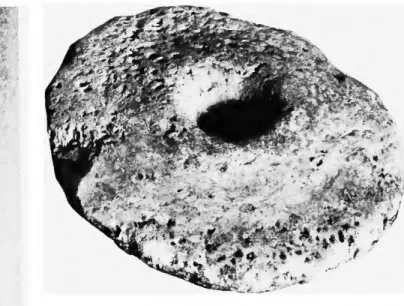
DILLON RIPLEY
